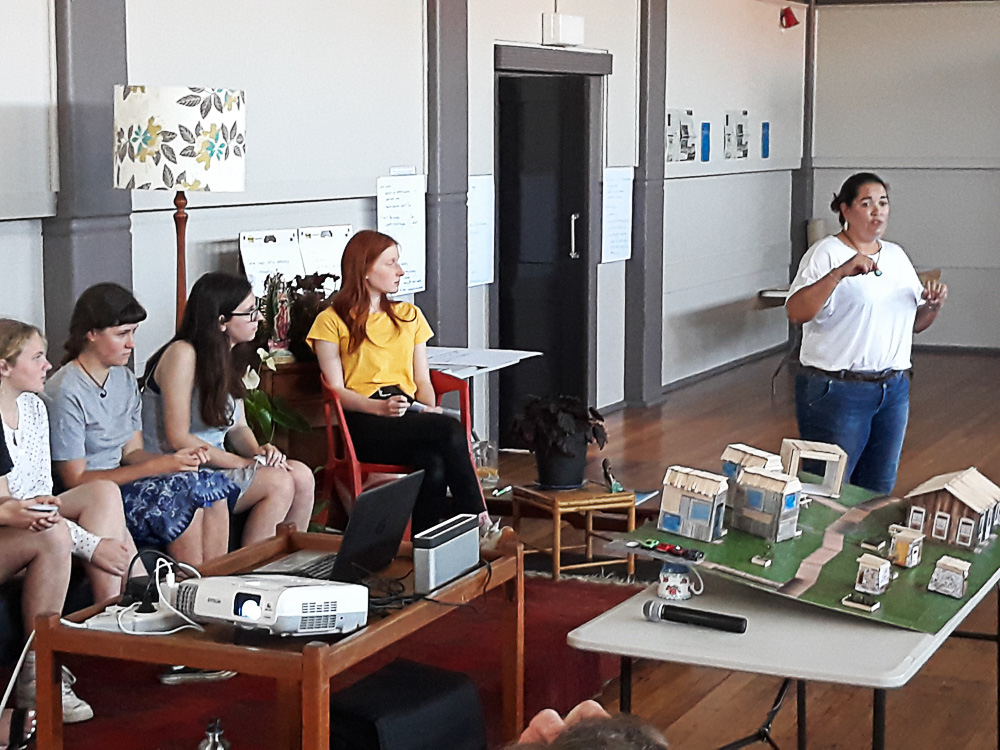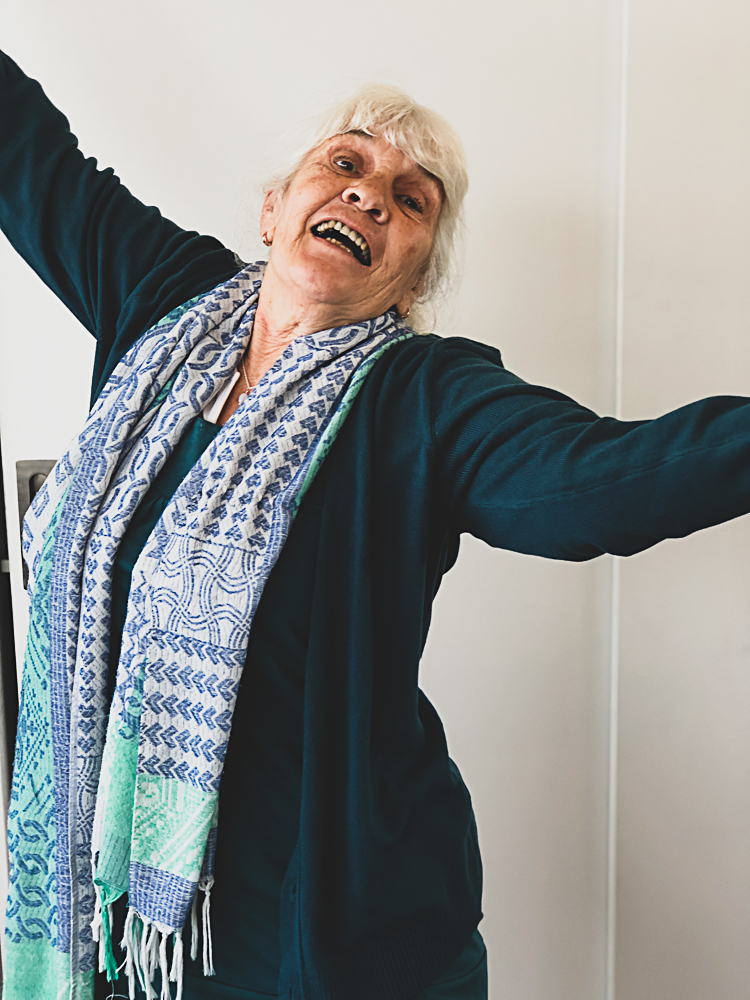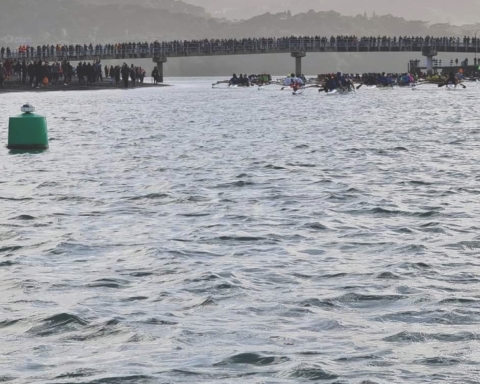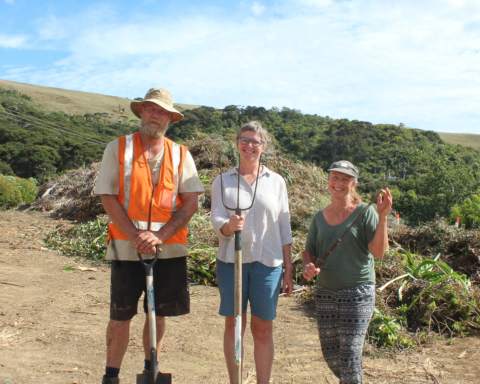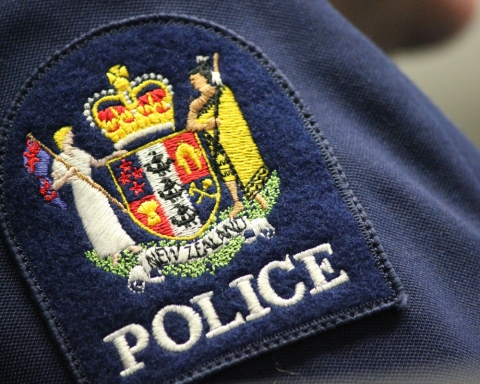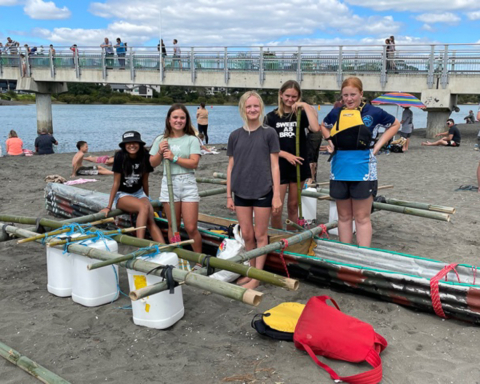Beautiful sunny Sundays make choosing to spend the day inside discussing how to solve our housing crisis a tough choice, but up to 70 people did exactly that, in engaged, interactive sessions at the Conversations about Housing hui at the Town Hall on Sunday November 3.
Our local affordable housing project group, aka WRAP (Whaingaroa Raglan Affordable housing Project) hosted the day long forum, presenting panellists from Raglan and beyond to provide insights to other projects happening in our region and further afield that could work here in Raglan.
Panellists included architects, planners, designers, builders (of tiny homes), eco-design, papakāinga, Maori land development and community energy specialists, and representatives from all age groups in town, all with a passion for innovative design and new ways of delivering housing at a price that meets the need in our community.
Brad White from the Cambridge Co-housing Project shared the inspiring journey that 10 families in Cambridge have been on to build a purpose designed village of homes with shared gardens, services and community buildings. The group have developed the principles by which they will design and manage the project, their values and financial model – see https://www.cambridgecohousing.nz/ for more information.
Lale Ieremia and Lui Brame from the Waikato Region Housing Initiative shared evidence from the recent Waikato Housing Stocktake 2018 report http://waikatoplan.co.nz/projects/housing-stocktake/ which reflects the same trends uncovered by the Raglan Housing Study 2018. http://raglanchamber.co.nz/wp-content/uploads/2019/10/Raglan-Housing-Study-2018.pdf Raglan however, has considerably worse income to cost of housing ratio compared to the wider Waikato which elevates our need as high priority.
In today’s land price paradigm, community land trusts have proven to be a successful model to be able to secure land in perpetuity for affordable housing, separate from the market where even those on the minimum incomes can afford to rent or buy a modest home. Samantha Rose of Common Ground shared the journey to the formation of the Waikato Community Land Trust supported by the Hamilton City Council Mayoral Fund this year.
The last session of the day was led by six Year 13 students from Raglan Area School Social Studies class with a heart rending slam poetry piece from three of the girls that had most in the audience in or close to tears. They spoke about the shifted moral compass that has elevated profit making from housing above the right of all to a safe, secure, affordable place to live. It spoke to how they feel betrayed by housing prices that mean that despite being born and raised in Raglan, they see themselves locked out of ever being able to afford to live here. The girls had incorporated the themes from a survey they had conducted at Raglan Area School of other students, so represented the collective voice of the youth in our town.
The other three students presented a model of how they envisioned we could construct a liveable, affordable solution – a neighbourhood of differing house sizes from tiny to modest 3 – 4 bedroom houses with shared gardens, orchards and walkways, where cars were consigned to a perimeter road and a single parking area on the outer edge of the development. A multi-generational housing development where people could enter at any level, move from tiny to small, to moderate-sized and back to smaller homes as their needs changed during life. A selection of panellists followed who represented view points from young couples with beginning families and tight incomes, to the roles our older generations can play in housing solutions and their own changing needs.
It was obvious from the very first session where a young woman, in trauma about the scarcity of rentals and her desperate battle to find a place for her and her family to live after being moved out of a property in order for it to enter the online nightly rental market, to the final tear inducing poetry from the RAS students that the need for a better housing solution is urgent.
From the questions and feedback from the audience, it was clear that there is a preference for connected neighbourhood developments that value the needs of the occupants above the current market model of dividing land into the smallest lots possible and building as many separated dwellings as possible. The many models that were discussed all provided shared, connected green spaces, gardens, self-sufficiency of water energy harvesting while creating housing that through excellence in design provided extremely low or zero energy consumption, passive heating and warm, dry places to live.
WRAP set out to gather information from the day – the key themes that flowed through in order to incorporate them into the development of an affordable housing design project in 2020. A report of the outcomes from the hui will be completed before the end of December and made available for comment. Plans are underway to have funding secured for the project to continue into design phase in 2020. WRAP’s next priority will be to get a website up and running so progress, updates and information can be shared more easily.
Any questions or queries, please call the WRAP project lead Fiona McNabb on 027 688 9754
